Really Real - When is a lock-in data point valid? How big is my error bar?
Really Real - When is a lock-in data point valid? How big is my error bar?
-
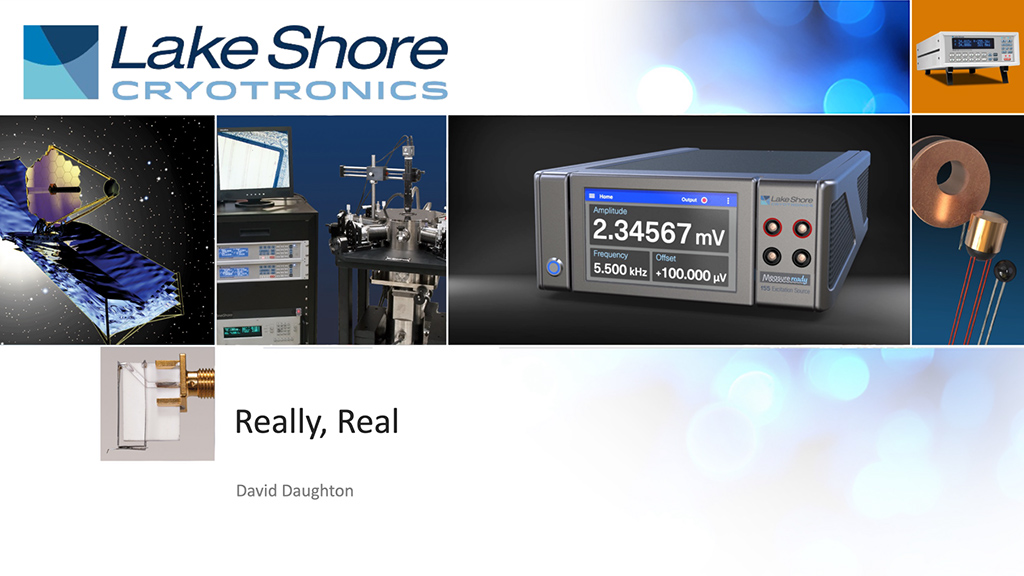 1. Really, Real
0
00:00/00:00
1. Really, Real
0
00:00/00:00 -
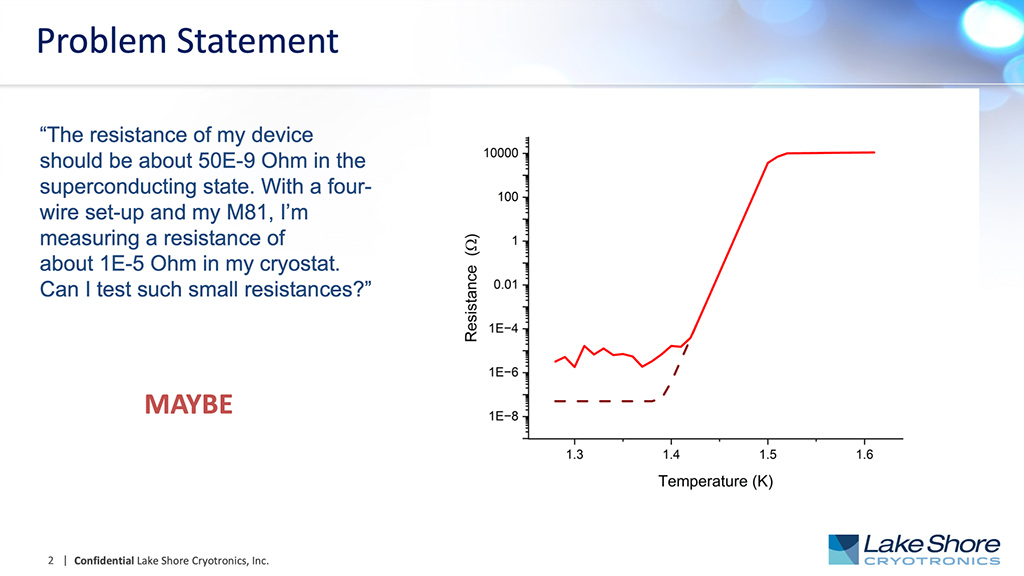 2. Problem Statement
38.171504838171508
00:00/00:00
2. Problem Statement
38.171504838171508
00:00/00:00 -
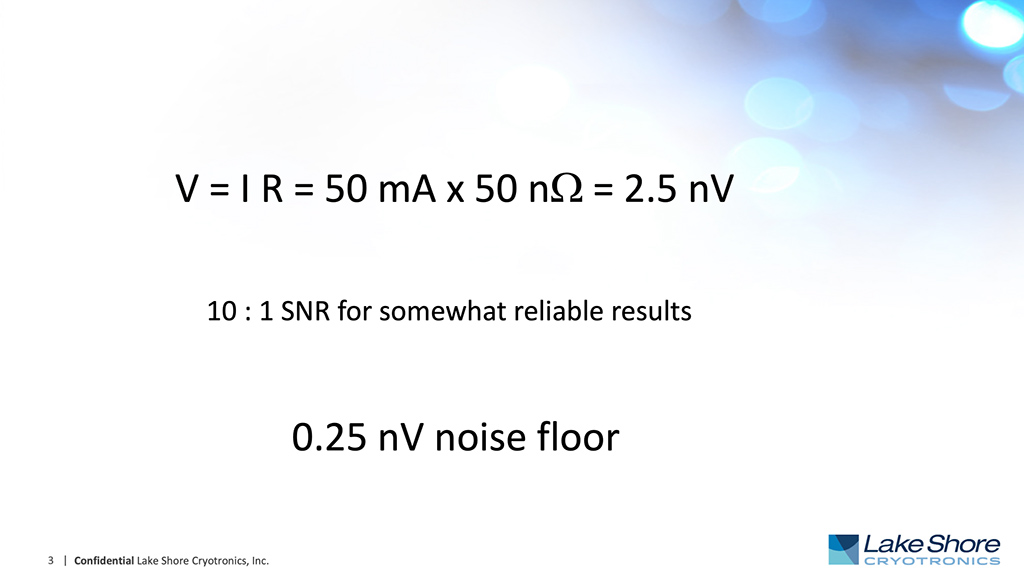 3. V = I R = 50 mA x 50 nW = 2.5 …
91.3913913913914
00:00/00:00
3. V = I R = 50 mA x 50 nW = 2.5 …
91.3913913913914
00:00/00:00 -
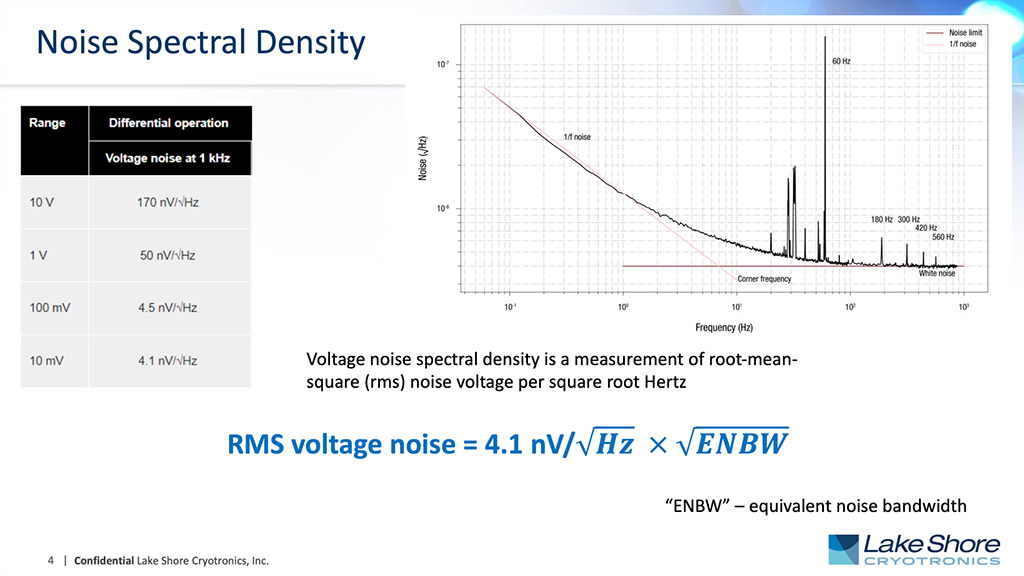 4. Noise Spectral Density
139.60627293960627
00:00/00:00
4. Noise Spectral Density
139.60627293960627
00:00/00:00 -
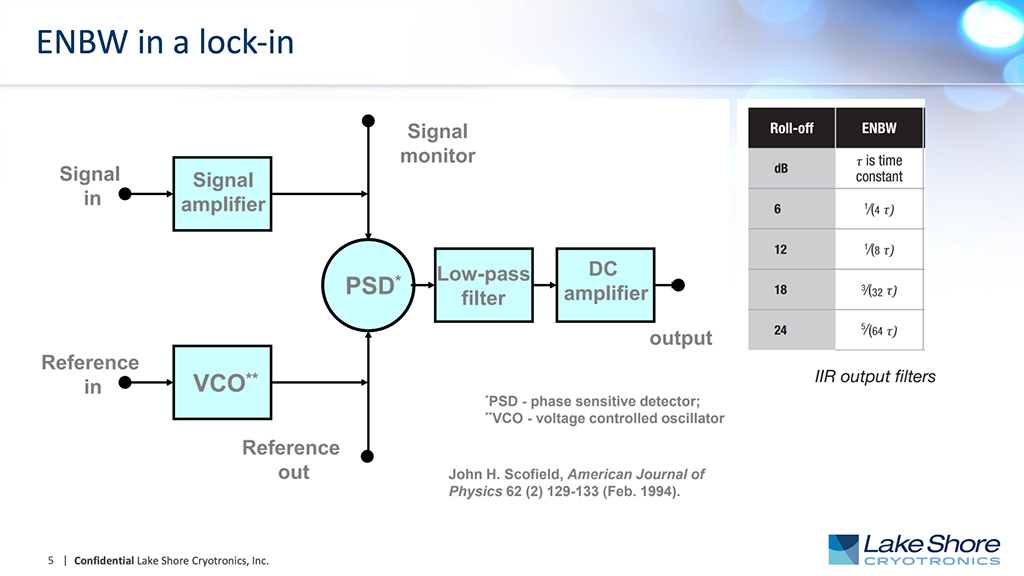 5. ENBW in a lock-in
429.32932932932937
00:00/00:00
5. ENBW in a lock-in
429.32932932932937
00:00/00:00 -
 6. RMS noise
546.07941274607947
00:00/00:00
6. RMS noise
546.07941274607947
00:00/00:00 -
 7. Allan deviation
702.80280280280283
00:00/00:00
7. Allan deviation
702.80280280280283
00:00/00:00 -
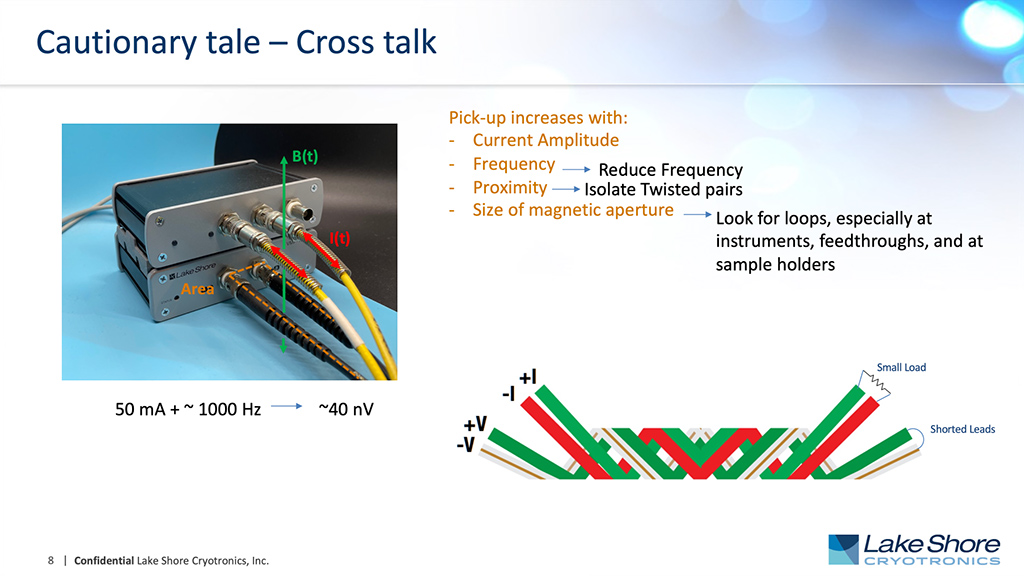 8. Cautionary tale – Cross talk
961.327994661328
00:00/00:00
8. Cautionary tale – Cross talk
961.327994661328
00:00/00:00
 Dr. David Daughton is a Lake Shore Application Scientist focused on characterizing electronic materials and devices. He received his BS and MS in Physics from the University of Delaware and his PhD in Physics from The Ohio State University in 2010. Much of his work at OSU involved studying scanning tunneling microscopy and optical characterization of organic thin films at cryogenic temperatures. He was a consultant to Lake Shore before joining us in 2011. While here, Dr. Daughton has been the company’s principal investigator working with a team of hardware and software developers on the introduction of our continuous wave THz (CW-THz) based system for materials characterization. Results and observations from his THz-related work have been presented by at various conferences, including the IRMMW-THz conference and the APS March Meeting. In his presentations, Dr. Daughton has addressed how temperature-dependent THz spectroscopies have proven useful in characterizing the electronic properties of this novel materials. Dr. Daughton also works extensively with Lake Shore’s line of cryogenic probe stations, helping customers to configure existing Lake Shore products for a specific application, as well as providing application support for variable temperature measurements.
Dr. David Daughton is a Lake Shore Application Scientist focused on characterizing electronic materials and devices. He received his BS and MS in Physics from the University of Delaware and his PhD in Physics from The Ohio State University in 2010. Much of his work at OSU involved studying scanning tunneling microscopy and optical characterization of organic thin films at cryogenic temperatures. He was a consultant to Lake Shore before joining us in 2011. While here, Dr. Daughton has been the company’s principal investigator working with a team of hardware and software developers on the introduction of our continuous wave THz (CW-THz) based system for materials characterization. Results and observations from his THz-related work have been presented by at various conferences, including the IRMMW-THz conference and the APS March Meeting. In his presentations, Dr. Daughton has addressed how temperature-dependent THz spectroscopies have proven useful in characterizing the electronic properties of this novel materials. Dr. Daughton also works extensively with Lake Shore’s line of cryogenic probe stations, helping customers to configure existing Lake Shore products for a specific application, as well as providing application support for variable temperature measurements.